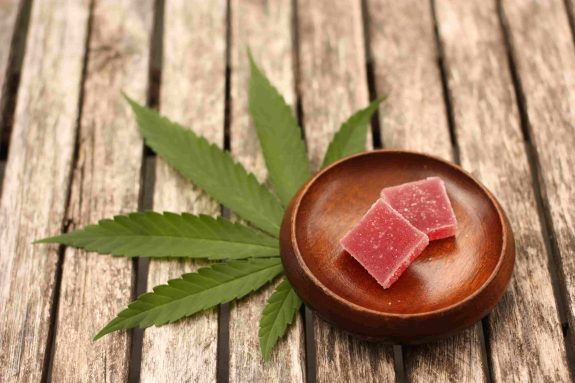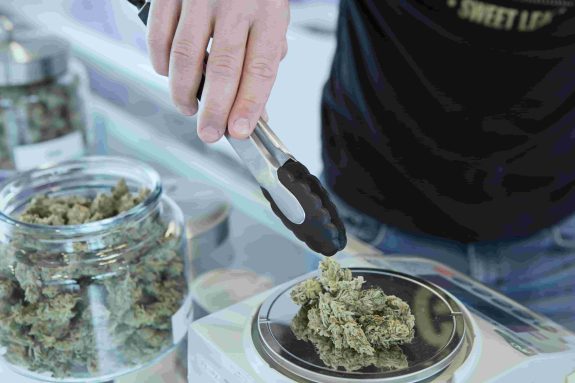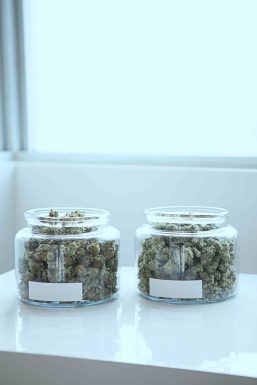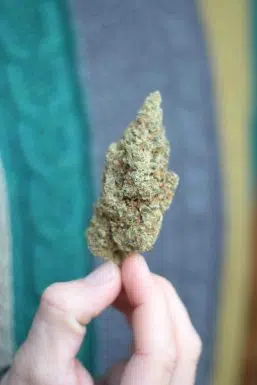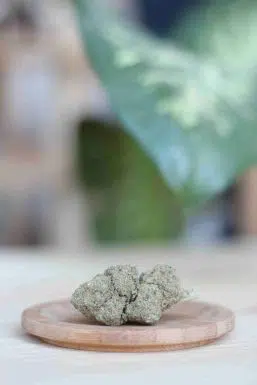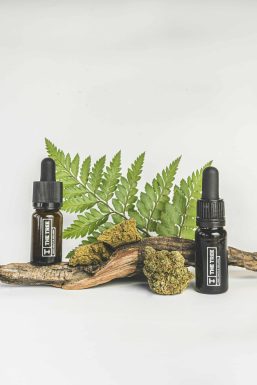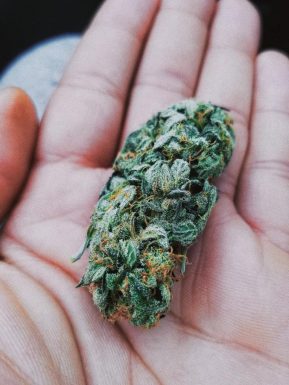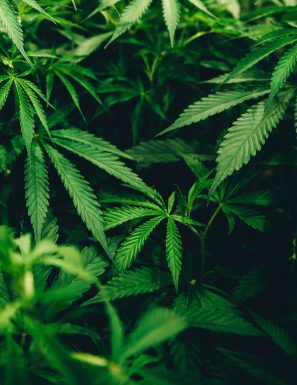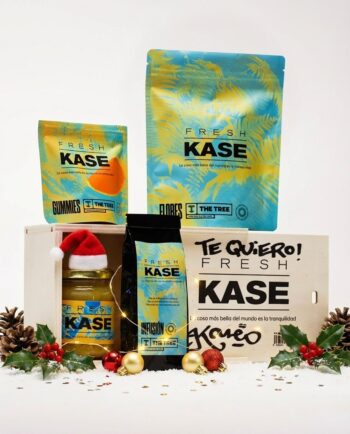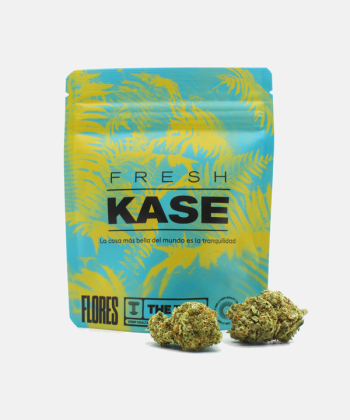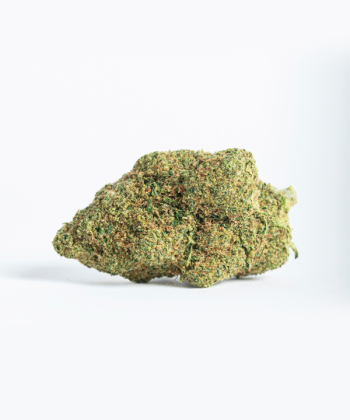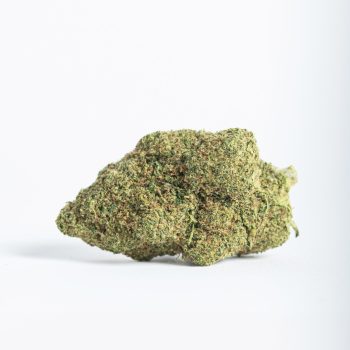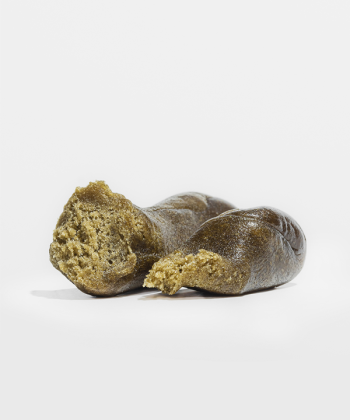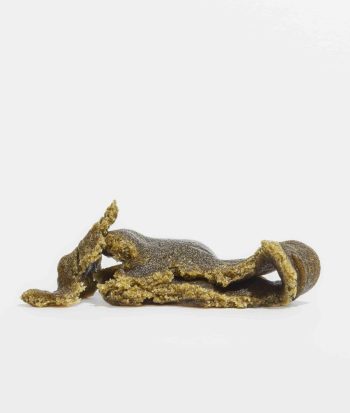
How to take CBD oil

How to take CBD oil
As the name suggests, CBD oil is an oil-based product with a defined percentage of CBD. Generally, it usually contains only two ingredients: a vegetable oil and a CBD-rich cannabis flower extract.
The most commonly used vegetable oils for this process are hemp seed oil and coconut MCT oil. As far as the cannabis extract is concerned, it varies depending on the final product. Some are filtered while others are raw, and we can also find full-spectrum (with THC) or broad-spectrum (without THC) extracts.
In any case, CBD oil is a completely natural product, with 100% plant-based ingredients.
Ways of taking CBD oil
CBD oil can be administered mainly by three routes: oral, sublingual and topical. In Spain, only this last one is legal, because cannabinoids cannot be sold as a food supplement in EU countries.
In some non-EU countries, such as Switzerland, Canada and the United States, for example, both oral and sublingual intake are permitted. This is perplexing, because the same product becomes edible or not, depending on the country.
Our guide on CBD and legal cannabinoids informs you on the legal aspects of CBD, so on this page we are focusing on the different ways to take CBD oil. However, it should be noted that not all of them are legal in Spain.

How is CBD oil taken sublingually?
In countries where sublingual consumption of CBD is allowed, there are guidelines to follow. Firstly, the recommended dosage for each user is calculated before taking the oil. This is because the amount of oil depends on factors such as the person’s weight, the reason for taking CBD, and the oil’s concentration.
Once you know the correct dosage, you can proceed with taking it. Basically, with the help of a dropper, several drops of CBD oil are placed under the tongue and held there for thirty to sixty seconds. Once this time is up, swallow what’s left.
Both before and after taking CBD oil sublingually, you should avoid eating or drinking to maximise its effect. Just 20 to 30 minutes between taking the oil and consuming any food or drink is enough.
This CBD Consumption Guide has a complete section dedicated to the sublingual intake of CBD oil. We recommend reading it if you would like more information on the subject.
How is CBD oil taken orally?
In countries where CBD oil is permitted as a dietary supplement, it can also be taken orally. As with sublingual administration, before taking CBD oil this way, it is necessary to know the correct dosage.
Once you know how much oil to consume, you can proceed with taking it. The most common way to do this is to add the drops to a beverage, such as coffee or juice. Once the CBD oil has been added, you can drink it.
Although oral intake is quite similar to sublingual absorption, the main difference between the two is that the sublingual route is somewhat faster. This is because the oil does not pass through the digestive tract in sublingual use.
How is CBD oil used topically?
Finally, CBD oil can also be used on the skin, thanks to its cosmetic, analgesic and anti-inflammatory properties. In fact, this is the only use permitted in Spain.
Topical application of CBD oil can help relieve certain types of muscle and joint pain. It is especially useful to help soothe and reduce muscle inflammation after an intense training session, which is why it is used by many athletes.
On the other hand, CBD oil has cosmetic properties that help care for your skin, keeping it balanced and protected from external micro-aggressions. It is worth highlighting its antioxidant power, as this product can help prevent skin ageing.
Also, both CBD and hemp seed oil can help combat acne. CBD oil containing both ingredients can be amazing for people suffering from breakouts. CBD has antibacterial properties and assists in regulating lipid production (like sebum). This, in addition to its anti-inflammatory properties, reduces skin irritation and pimple formation.
Hemp seed oil moisturises the skin without making it greasy, as well as being rich in Omega 3 and Omega 6. CBD oil is ideal for cleansing the skin, as well as helping to balance oil production.
Finally, it is worth mentioning that thanks to its soothing and anti-inflammatory properties, CBD oil is ideal for sensitive skin. This is because it helps to calm irritation, as well as reduce discomfort caused by inflammation.
CBD oil can be applied topically like any cream: simply wash the area with soap and water beforehand, then apply a few drops.
The main drawback of this use is the price, as topical application requires large amounts of CBD oil. Fortunately, many CBD creams incorporate CBD as their main ingredient, with several containing both CBD and hemp seed oil. Hemp seed oil tends to bring down the price when it comes to topical application.

Conclusions on how to take CBD oil
In short, CBD oil is an all-natural product with only two ingredients: a vegetable oil, usually hemp or coconut oil, and a CBD-rich cannabis extract.
The product can be taken in three ways: orally, sublingually and topically. In EU countries, CBD cannot be sold as a food supplement or a food, so it is only allowed to be marketed as a cosmetic product.
Both sublingual and oral intake of CBD oil are quite common in countries where it is allowed. With sublingual intake, drops are placed under the tongue and held there for 30 to 60 seconds. Eating and drinking should be avoided 20 to 30 minutes before and after.
When taken orally, once the correct dosage is established, the CBD oil is simply added to a daily beverage. This route of administration is a little slower because the oil needs to be digested for the CBD to take effect.
Finally, topical use is ideal to help soothe muscle or joint inflammation due to CBD’s analgesic and anti-inflammatory properties. Also, thanks to the cosmetic properties of CBD, it is perfect for skin care, being an all-natural product free of any harmful chemicals.
Frequently asked questions about how to take CBD oil
What is the best time to take CBD oil?
Is it possible to overdose on CBD oil?
Can pets take CBD oil?
All mammals have an endocannabinoid system, so they are able to feel the effects of CBD in their bodies. Some pets may suffer from anxiety in specific situations, and CBD oil can help mitigate this.
CBD’s anti-inflammatory and analgesic properties can also be helpful for pets. Just as the oil assists in quick recovery after sport, it can also help to soothe pets after a session of intense physical activity.
As pets weigh less than people, they need a smaller amount of CBD. At The Tree CBD, we have Pets CBD Oil Petly, with a concentration of 3%. This makes it ideal for our furry friends, as it is a very low percentage.
Featured CBD products

CBD dosage calculator

Find the best CBD product for you
More about CBD

What is HHC-P and how does it differ from HHC?
Hexahydrocannabiphorol (HHC-P) is a naturally occurring or synthetic cannabinoid that is becoming increasingly popular among cannabis users. It is produced from hexahydrocannabinol (HHC), which is
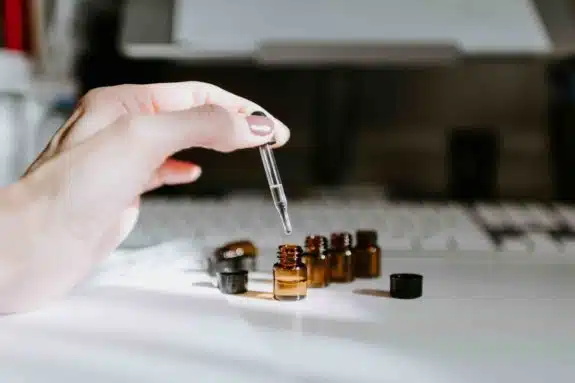
What is liposomal CBD?
Liposomal CBD is a form of CBD delivery that uses liposomal technology to enhance the absorption and bioavailability of the compound in the body. Liposomal
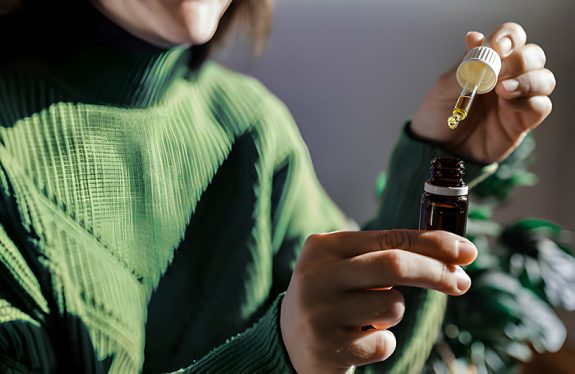
What is Cannabichromene (CBC)?
Cannabichromene or CBC is one of more than 100 cannabinoids produced naturally by the cannabis plant. In the vast and complex universe of cannabinoids, chemicals





